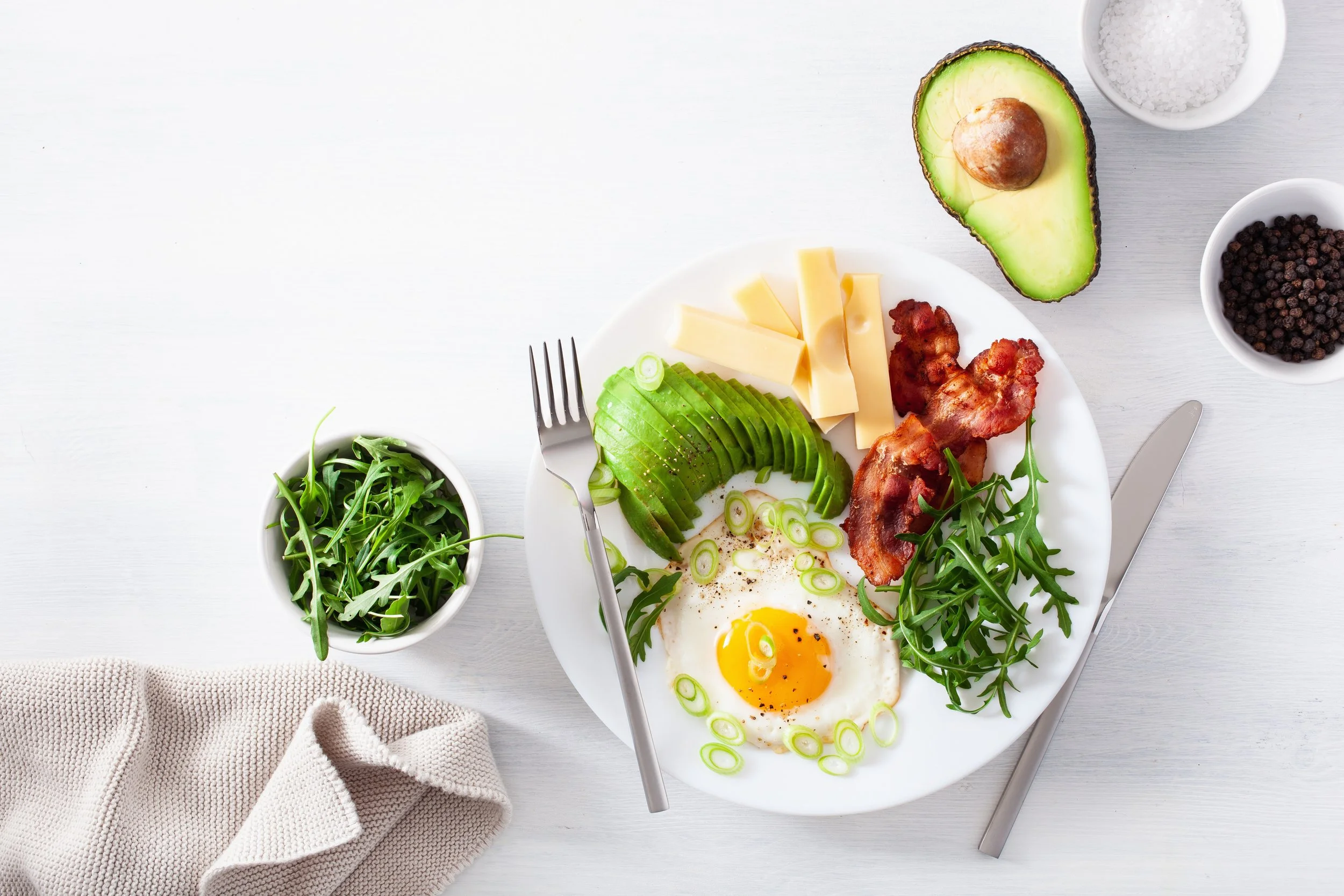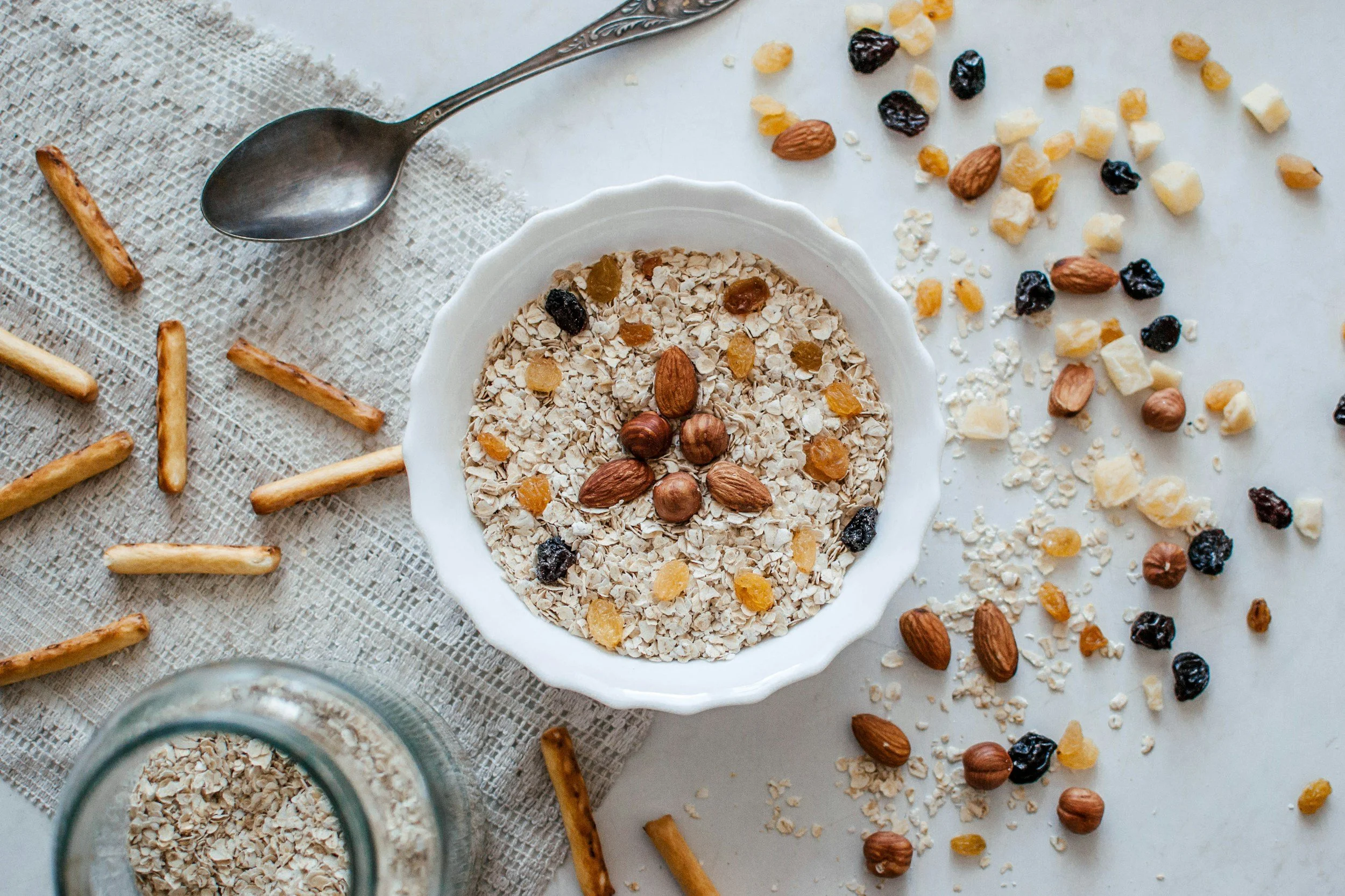Making Keto Work for You
The ketogenic diet is no fad - it’s helped millions of people lose weight (and keep it off) in a way that doesn't leave you feeling hungry and restricted. Based around fat and moderate amounts of protein with low levels of carbohydrates, the types of food you can eat generally leave you feeling satisfied and satiated. This means that even those who struggle enormously with traditional diets tend to do well with keto. If you’re planning on giving it a try, then here’s what you need to know to get it to work for you.
Understand the diet
The best thing you can do before starting a ketogenic diet is to do your research so you understand how it works. Many people are fearful of this kind of eating plan and they don’t fully understand it; media fear mongering along with diet culture and general misinformation can have you doubting its effectiveness. But when you understand the way that it works, how it switches burning your fat reserves for fuel (and how this is exactly what our bodies were designed to do through evolution) it makes it easier to stand your ground. The truth about keto is that done right, it’s a safe way to shed excess weight, it can help you to sleep better and get food and sugar addictions under control. When you’re embarking on a keto plan, it’s important to understand that you really need an “all or nothing” approach for it to be effective. Having little tastes of things that are off plan and letting too many carbohydrates sneak in will prevent your body entering the ketogenic state and therefore, it won’t work. Read some articles or rent a book in the library, brush up on the facts and really get to know and understand how the plan works. That way you can go into it armed with the knowledge you need.
Know what food is approved
Knowing what you can and can’t eat is important, in the early days you could print out a fact sheet to hang in your kitchen while you get to grips with everything. The food in a keto diet include: fish and seafood, meat and poultry, eggs, oils and butter. You can eat cheese, plain yogurt, avocados, low carb veggies, and berries, plus tea and coffee - but it’s important to keep track of the carb count in these.
Most people will need to eat fewer than 50g of carbs a day to reach that fat burning state, but some are more strict and will require you to eat no more than 30g a day. You should avoid things like grains (so bread and other baked goods), high carb fruit and veggies, such as bananas and root vegetables, and anything with sugar in it. These will all have whopping carb counts so aren't suitable for this plan.
Learn to read labels
Reading labels is important when it comes to keto. While it’s recommended to eat as many unprocessed foods as possible, for convenience and cost reasons you’ll probably need to rely on packaged items from time to time too. Things like canned meats, sausages, burgers and other meat products can all have hidden sources of carbohydrates in them so always read the label. Fiber can be deducted from the number of net carbs in a product, so if for example a product has 10g carbs and 5g of fiber, you’d only need to count 5g towards your carb count.
Being able to navigate labels and menus can make it much easier to fit a keto diet in with your lifestyle, as you’ll always know what you can eat to stay on plan. You’ll become a pro at it over time, from knowing how to order keto at Taco Bell to which options to choose at the family BBQ. Unlike on traditional low fat, calorie tracked diet plans, eating out while staying on a keto plan can be easy. And you’re not just stuck with a boring, unsatisfying green salad. Instead you can enjoy steak and eggs with a side of veggies, or delicious eggs and bacon if you’re going for breakfast - just hold the pancakes and maple syrup!




